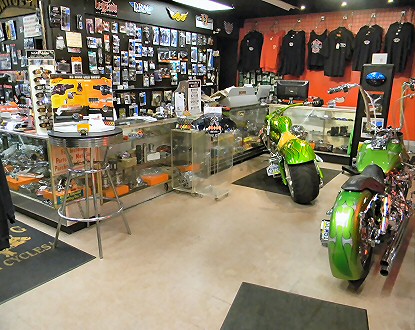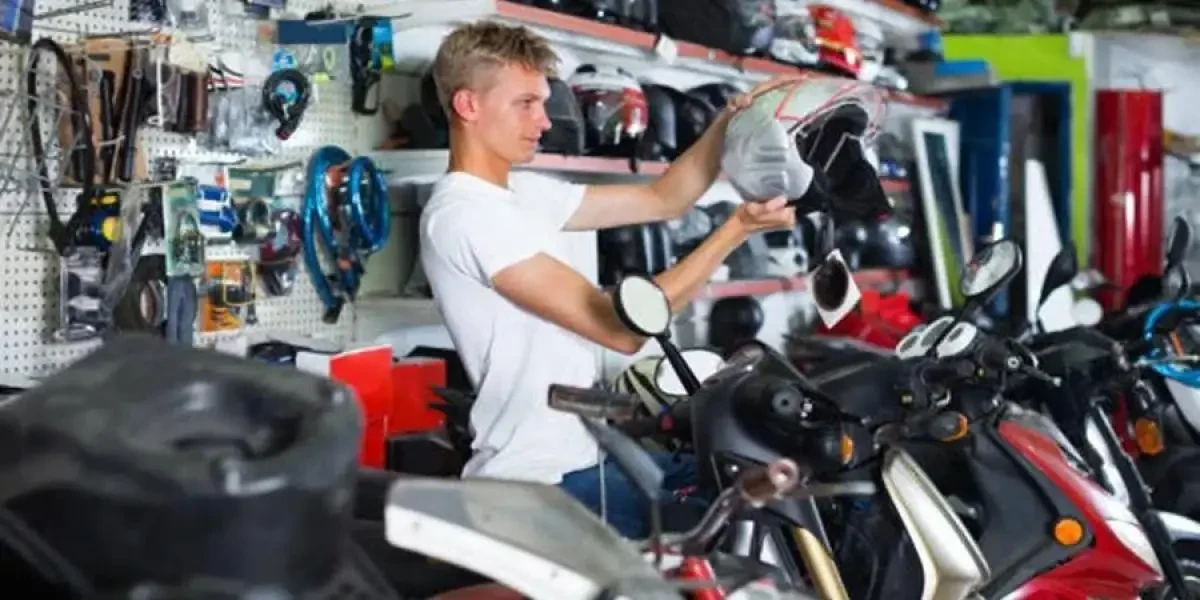Shop the most effective MX Parts NZ for Your High-Performance Bike
Shop the most effective MX Parts NZ for Your High-Performance Bike
Blog Article
A Thorough Check Out Motorcycle Components: What Every Rider Must Know
A detailed understanding of bike components is not merely advantageous however crucial for any type of biker aiming to maximize performance and security. Each component, from the engine's elaborate functions to the reliability of brake systems, plays a pivotal duty in the total experience and capability of the bike. Past simply knowing what these components do, it is essential to appreciate just how they connect and support one another. This interconnectedness can make the difference in between a smooth ride and unanticipated difficulties. What ins and outs lie within this mechanical symphony that every cyclist should understand?
Comprehending the Engine
The engine, frequently considered the heart of a motorcycle, is an intricate setting up of components that function in consistency to convert fuel into movement. At its core, the engine's main feature includes the combustion process, where air and gas mix and fire up within the cylinders, leading to controlled explosions that drive the pistons. These pistons go up and down, converting chemical energy right into power, which subsequently turns the crankshaft, ultimately powering the bike.

Comprehending the details of a motorcycle engine is important for cyclists and lovers alike. It not just provides insight right into how motorcycles accomplish their remarkable power and speed but additionally aids in efficient upkeep and troubleshooting, making certain longevity and reliability when traveling.
Suspension Equipments
While the engine powers the motorcycle, the shock absorber plays a vital duty in guaranteeing a smooth and regulated experience. The shock absorber is accountable for taking in shocks from the road surface area, keeping tire contact, and providing stability throughout cornering and braking. It comprises 2 main parts: the front forks and the rear shock absorbers.
Front forks are generally telescopic, wetting and including a springtime mechanism. The springtime expands and compresses to take in bumps, while the wetting mechanism manages the movement to stop excessive bouncing. This mix guarantees the front wheel continues to be in contact with the road, supplying exceptional handling and convenience.
The back suspension, usually a monoshock or twin-shock setup, works in a similar way to the front suspension but is customized to support the bike's weight and biker - motorcycle parts nz. It handles rear wheel motion, adding to the bike's overall equilibrium and responsiveness
Shock absorber can be adjustable, allowing bikers to adjust preload, compression, and rebound settings according to individual preferences and riding problems. This adjustability boosts performance by optimizing the bike's communication with varied surfaces. In summary, an effective shock absorber is important for rider convenience, security, and the motorcycle's managing prowess.
Brake Elements
Stopping power is an essential facet of bike safety, and it rests on the effectiveness of the brake elements. The primary aspects of a motorbike's braking system consist of the brake pads, calipers, rotors, and master cylinder. motorcycle shop. Each of these components plays an essential role in ensuring effective stopping efficiency
Brake pads are vital as they create the necessary rubbing versus the rotors to decrease or stop the bike. Created from materials such as sintered metal or natural composites, the choice of brake pad product substantially affects performance and long life. Calipers, housing the brake pads, apply stress to the pads when the brake lever is involved, assisting in contact with the blades.
The rotors, usually made from stainless steel or actors iron, are placed to the wheels and function as the surface area versus which the brake pads press. Their design, consisting of diameter and density, affects warmth dissipation and quiting power. The master cyndrical tube, linked to the brake bar, produces hydraulic pressure sent with brake lines to the calipers, ensuring consistent braking pressure.
Regular maintenance and evaluation of these elements are important for ideal efficiency, avoiding wear and making certain cyclist security on the roadway.
Tire Basics
Beyond preserving durable braking systems, ensuring ideal tire efficiency is similarly substantial for motorbike security and efficiency. Tires important link are the single get in touch with point in between the roadway and the bike, making their problem critical in taking care of, stability, and total experience high quality.

Examine the sidewall for the DOT (Department of Transportation) code to ascertain the tire's age. Investing interest in these tire basics not just optimizes performance however additionally significantly improves riding security.
Electric Equipments
In the realm of motorcycle maintenance, the electrical system plays a critical role in guaranteeing trustworthy efficiency and cyclist safety and security. This intricate network encompasses crucial elements such as the battery, generator, starter electric motor, and circuitry harness. Each element is essential for the seamless procedure of the bike, from Go Here ignition to lights and communication with numerous sensors.
The battery works as the heart of the electrical system, offering the required power to start the engine and operate devices. Routinely examining the battery's voltage and terminals for corrosion is critical to stop unanticipated failings. The generator, on the other hand, recharges the battery while the engine is running, ensuring a continual power supply.
The starter electric motor is in charge of initiating engine operation, converting electric energy right into power. To maintain it, cyclists ought to take note of any kind of unusual sounds or troubles throughout startup. The wiring harness offers as the lorry's anxious system, connecting all electrical elements. Making certain that the wires are complimentary and intact from damages is crucial for ensuring and stopping short circuits capability.
Final Thought

Quiting power is an essential element of motorbike safety and security, and it pivots on the performance of the brake parts. The primary elements of a motorbike's braking system include the brake pads, calipers, rotors, and master cyndrical tube.Brake pads are essential as they create the necessary friction versus the blades to reduce down or stop the motorbike.Beyond keeping durable stopping systems, ensuring optimum tire performance is just as considerable for motorcycle safety and efficiency.In the realm of motorbike upkeep, the electric system plays a critical role in ensuring trusted efficiency and motorcyclist security.
Report this page